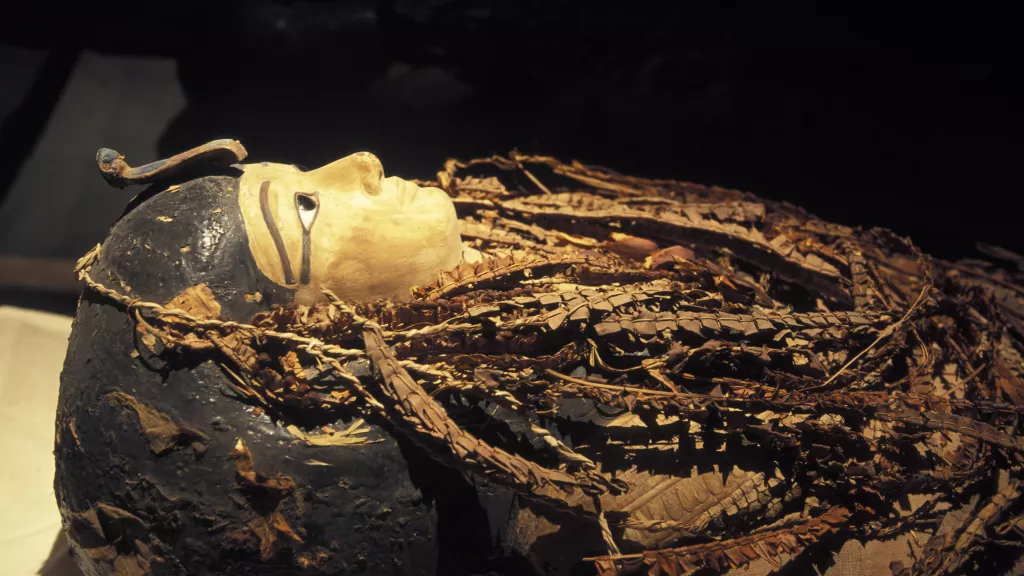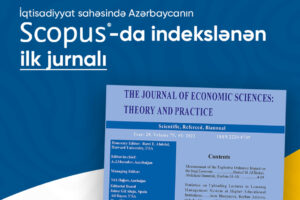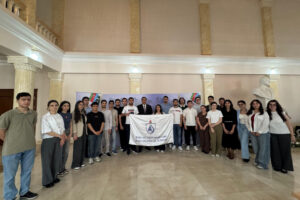Tokyo, 29 December, /AJMEDIA/
The mummy of ancient Egyptian pharaoh Amenhotep I was so exquisitely wrapped — decorated with flower garlands and buried with a lifelike face mask — scientists have been hesitant to open up the remains. That is, until now.
Some 3,000 years after Amenhotep’s burial, a team of researchers used CT scans to digitally unwrap his body for the first time, virtually peering through the many layers to reveal what he would’ve looked like when alive (he took after his dad it seems).
They also found that the pharaoh, who ruled from about 1525 B.C. to 1504 B.C., was 35 years old and 5.5 feet (169 centimeters) tall when he died; he was also circumcised and had good teeth, the researchers said. Beneath the wrappings were 30 amulets as well as “a unique golden girdle with gold beads,” study co-author Sahar Saleem, a radiology professor at Cairo University’s faculty of medicine, said in a statement.
This girdle may have had “a magical meaning,” and the amulets “each had a function to help the deceased king in the afterlife,” Zahi Hawass, Egypt’s former minister of antiquities and co-author of the new study published Tuesday (Dec. 28) in the journal Frontiers in Medicine, told Live Science in an email.
“Amenhotep I’s mummy is wearing a piece of jewellery called a girdle. The ancient Egyptians wore jewellery like this around their waists. Some girdles, as this one, have shell amulets on the side,” Saleem told Live Science in an email.
Amenhotep I
Egypt expanded in northern Sudan during the time that Amenhotep I reigned during the 18th dynasty. The pharaoh initiated a building program that saw the construction or expansion of numerous temples. Nobody knows how the pharaoh died or where he was originally buried.
A team led by French Egyptologist Gaston Maspero found Amenhotep’s mummy in 1881, along with several other mummies in a tomb on the west bank of Thebes (modern-day Luxor). His mummy had been placed in the tomb sometime during the 21st dynasty (around1070 B.C. to 945 B.C.) after it was robbed in ancient times.
Researchers found that the robbers had damaged the pharaoh’s body. “The CT images show the extent of damage of the mummy of Amenhotep I that involved neck fractures and decapitation, a large defect in the anterior abdominal wall, and disarticulation of the extremities,” including the right hand and foot, wrote Saleem and Hawass in their journal article.









































